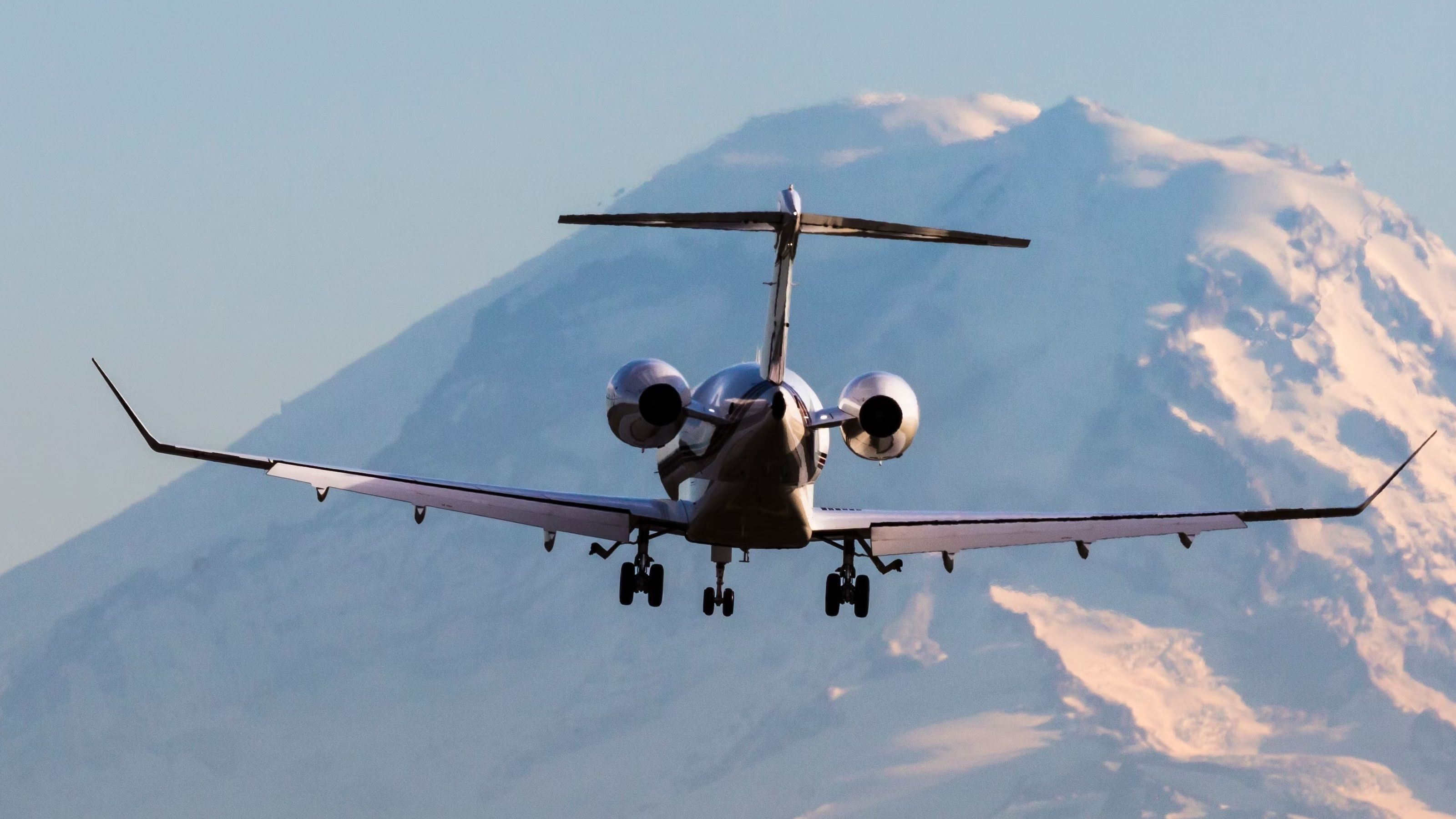
Summary
- A technical glitch at McKinney National Airport led to the accidental release of highly corrosive foam used for fire suppression.
- The foam typically contains concentrated chemicals and requires a costly clean-up operation to minimize contamination.
- Similar incidents have occurred at other airports in recent years, highlighting the risks and potential expenses associated with some fire suppression systems.
Several aircraft at Dallas’ McKinney National Airport (TKI) were damaged after a technical glitch led to the accidental release of highly corrosive fire suppression foam, BNN reports.
Costly clean-ups
The airport’s security system captured the incident on camera in October, with the video later uploaded to social media by Breaking Aviation News & Videos. In the short clip, three business jets and two prop aircraft can be seen being coated in a thick layer of foam, causing millions of dollars in damage.
McKinney National Airport did not immediately respond to a request for comment.
The foam typically used in fire suppression systems contains concentrated, highly corrosive chemicals capable of causing significant damage to any aircraft or equipment caught up in the spray. According to a study by the National Air Transportation Association (NATA) and the University of Maryland, damages and clean-up costs can average around $1 million, with up to $235 million spent on accidental foam discharge incidents between 2004 and 2020.
Speaking to AIN News, Kerry Porter, director of claims at insurance group USAIG, outlined the reasons for the exorbitant price tag, with clean-up operations not as simple as just wiping away foam.
“Foam is corrosive, so if it infiltrates the avionics bay, some manufacturers of the black boxes will require replacement because of the likelihood of future failures. They believe operational failures could possibly follow as corrosion progresses.”
Similar incidents
Several airlines have reported similar technological malfunctions with their fire suppression systems in recent years. Over an eight-week period in 2020, three high-profile foam incidents were recorded at airports in the UK and USA.
The first incident, in March 2020, saw one of Delta Air Line’s new hangars at Los Angeles International Airport (LAX) accidentally discharge foam after the system malfunctioned. Staff could not contain the spill and were required to open the doors to the hangar, spilling the fire suppressant across the adjacent tarmac. Delta Air Lines worked alongside a local environmental contractor to minimize contamination of the hazardous chemicals on the aircraft and the surrounding area.
Less than six weeks later, a British Airways Boeing 777-200ER (G-YMMB) parked in a hangar at London Heathrow Airport (LHR) was coated in several tons of foam. Early reports on social media cited a disgruntled employee as the cause of the incident; however, British Airways refuted the rumors, noting in a statement shared by Reuters that its fire prevention system was automated and could not be activated by an individual.
“One of our fire prevention systems in our hanger experienced a technical issue causing foam to be dispersed as part of a safety feature.”
The aircraft was not damaged; however, it required additional analysis by maintenance professionals during the clean-up to ensure that the foam had not impacted its undercarriage or landing gear before it was returned to service.
On May 16, 2020, American Airlines underwent another malfunction at its hangar at Chicago O’Hare International Airport (ORD). The two Boeing 787 Dreamliners in the building were not damaged, with American Airlines confirming in a statement provided to Simple Flying that a significant clean-up effort would be required.
What are your thoughts on the recent incident at McKinney National Airport? Let us know in the comments.
Sources: BNN, AIN Online, Reuters

